Celebrating Día de los Muertos
¡Feliz Día de los Muertos!
Today’s celebration is a combination of pre-Hispanic religious rites and Christian feasts. During Día de los Muertos, it is believed that the border between the spirit world and our world dissolves, allowing souls of the dead to briefly return to the living world to feast, drink, dance, and play music with their loved ones.
Here are five things you should know about Día de los Muertos.
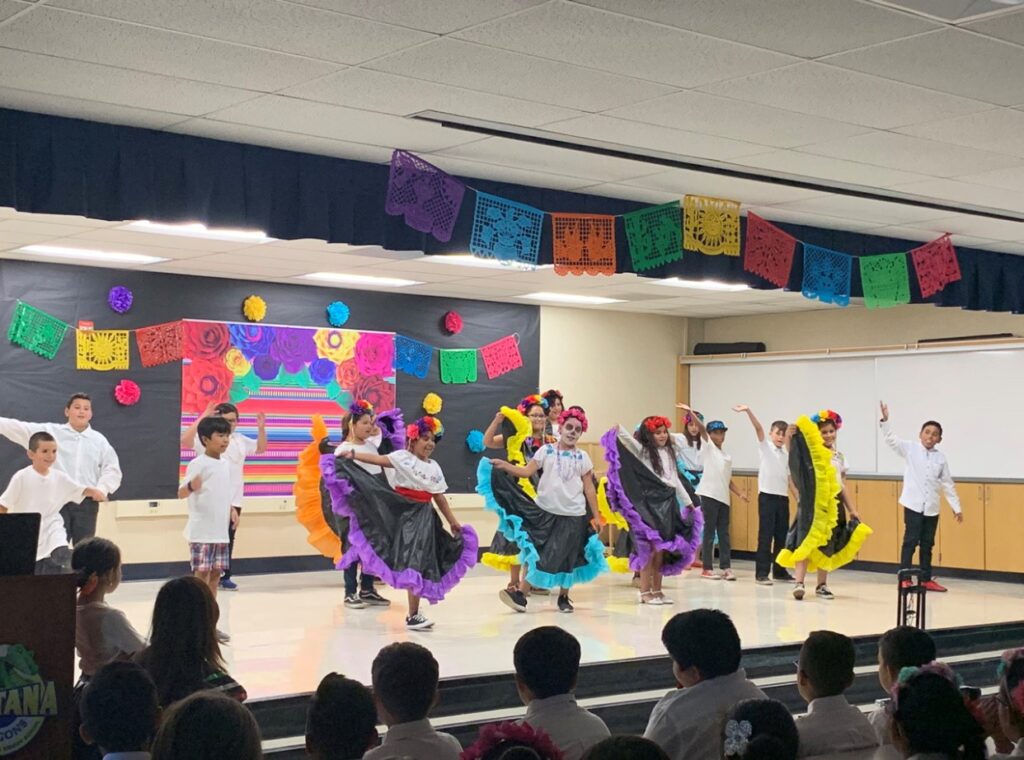
Origin
Dia de los Muertos’s origins are from thousands of years ago with the Aztec, Toltec and other Nahua people. For these pre-Hispanic cultures, death wasn’t something to mourn about but rather they believed that the dead were still members of the community, in spirit and memory.
When the Spanish arrived, it was intertwined with All Saints Day (November 1) and All Souls Day (November 2). Today typically November 1 is a day to remember children and November 2 is for adults.
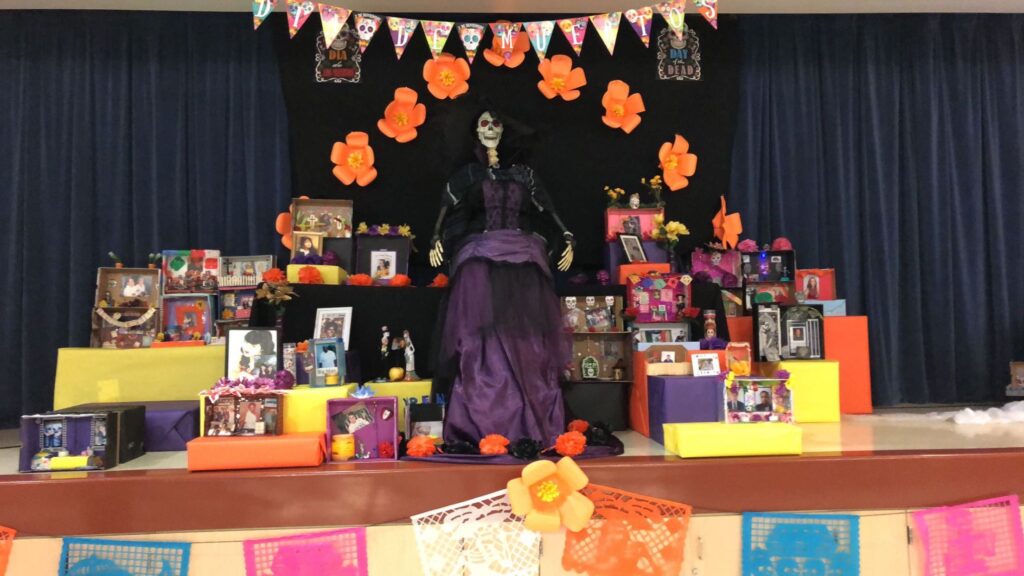
Altars
The centerpiece of the celebration is an altar, or ofrenda, built in private homes and cemeteries. These altars are meant to welcome spirits back to the realm of the living. For this reason, the altars are loaded with offerings of food, family photos, and candles for each dead relative. If one of the spirits is a child, small toys might be added to the altar. For flowers on altars, the main flower used are marigolds. Marigold petals are scattered from the altar to the gravesite as a way to guide souls back to their place of rest.
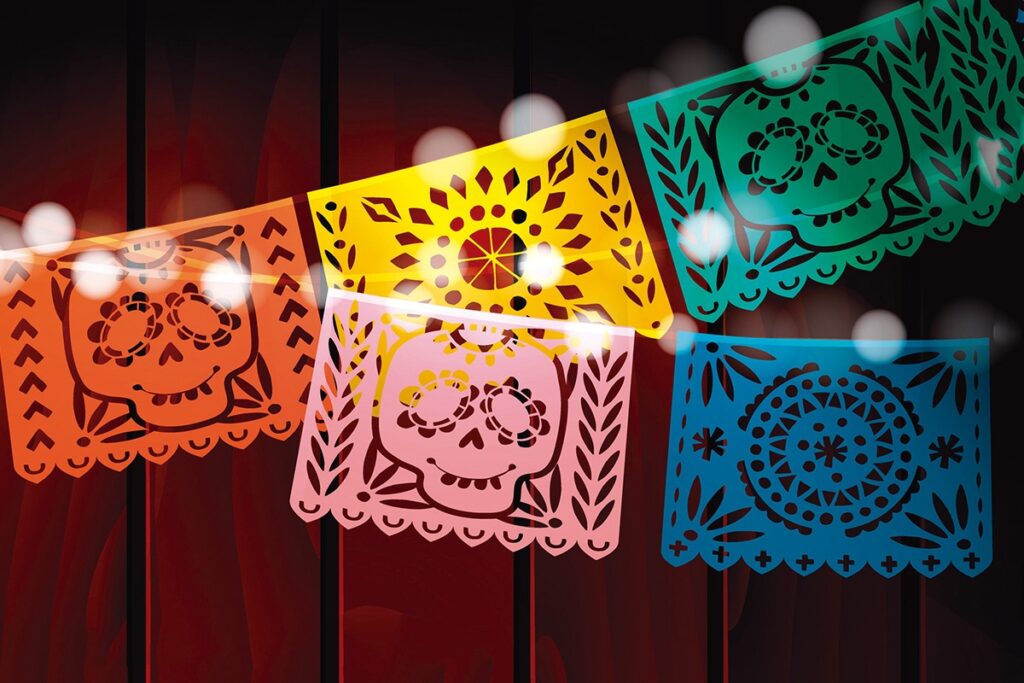
Papel Picado
Papel Picado can be literally translated to “pierced paper.” Artisans stack layers colored tissue paper and perforate the paper with a hammer and chisel points. Papel Picado isn’t used exclusively during Day of the Dead, but it does play an important part. It is used as decorations on altars and in the streets, representing the wind and the fragility of life.
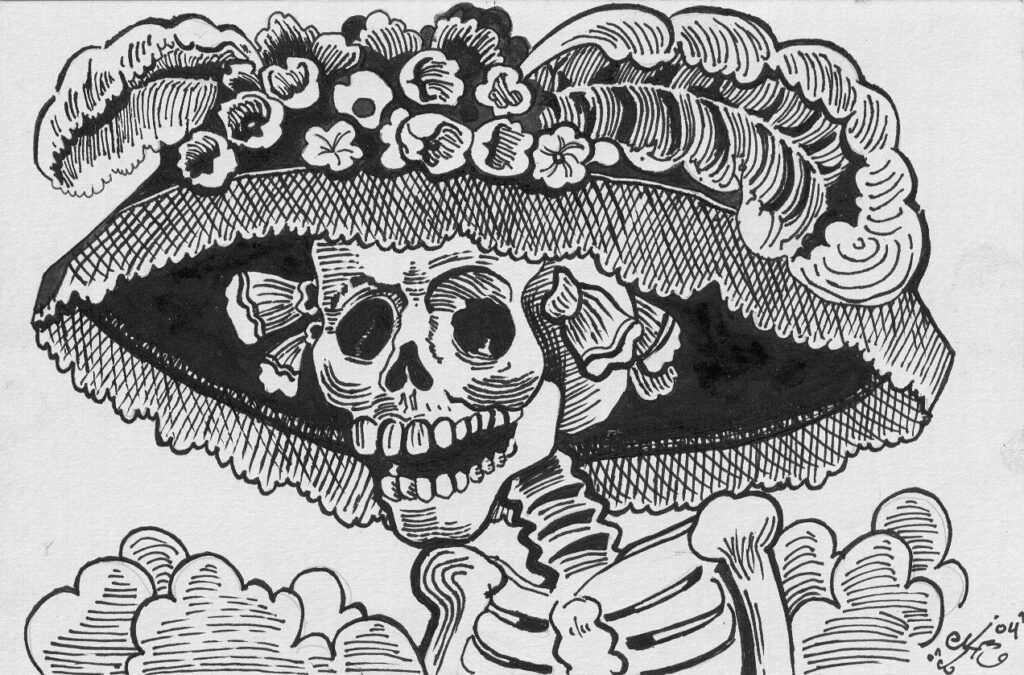
Calaveras
One of the most recognizable symbols of Day of the Dead are the calaveras or skulls. In the 18th-19th centuries, calaveras was also a type of short, humorous poems usually in the form of sarcastic tombstone epitaphs that poked fun at the living. To this day, these short poems are a part of the Day of the Dead celebrations. The most well-known calavera is calavera Catrina, an elegant female skeleton that was drawn to accompany the phrase “todos somos calaveras” which means that under everything, we are all just skeletons.
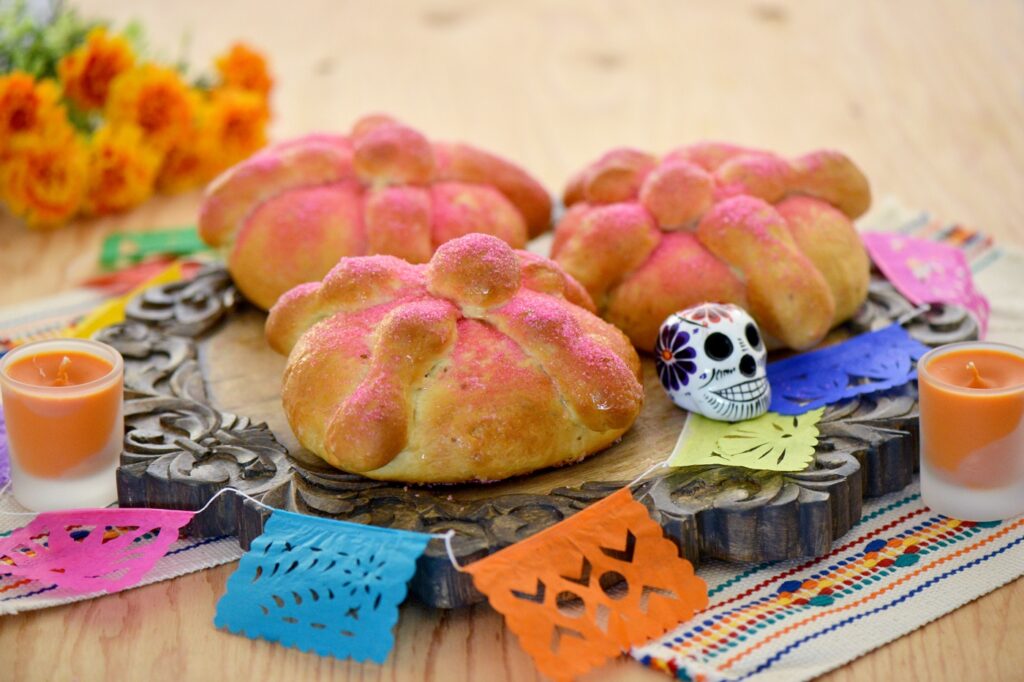
Food of the Dead
- Pan de muerto, a sweet bread with anise seeds and decorated with bones made out of dough
- Sugar skulls, these are made from molds and are painted with bright colors
- Pulque, a sweet fermented beverage made from the agave sap
- Atole, a thin warm porridge made from corn flour, with unrefined cane sugar, cinnamon, and vanilla added
Sources:
History.com Editors. “Day of the Dead (Día De Los Muertos).” History.com, A&E Television Networks, 30 Oct. 2018, www.history.com/topics/halloween/day-of-the-dead.
Ward, Logan. “Top 10 Things to Know about the Day of the Dead.” National Geographic, 29 Oct. 2019, www.nationalgeographic.com/travel/destinations/north-america/mexico/top-ten-day-of-dead-mexico/.



